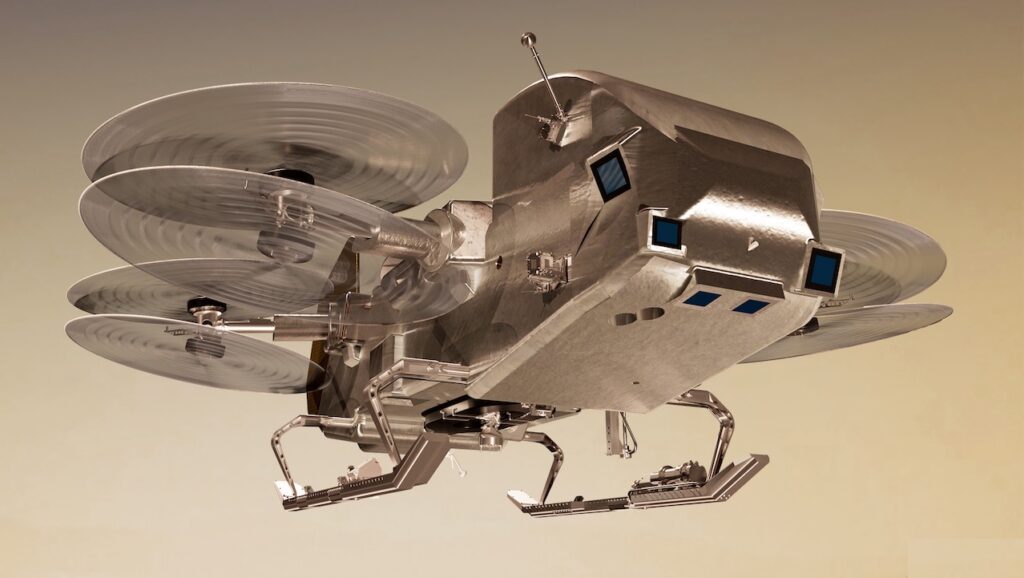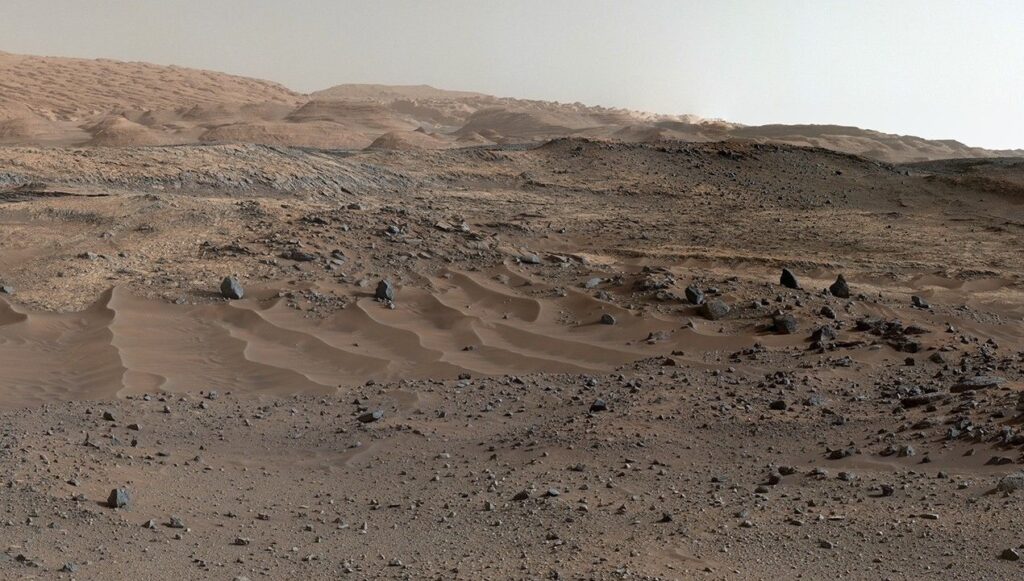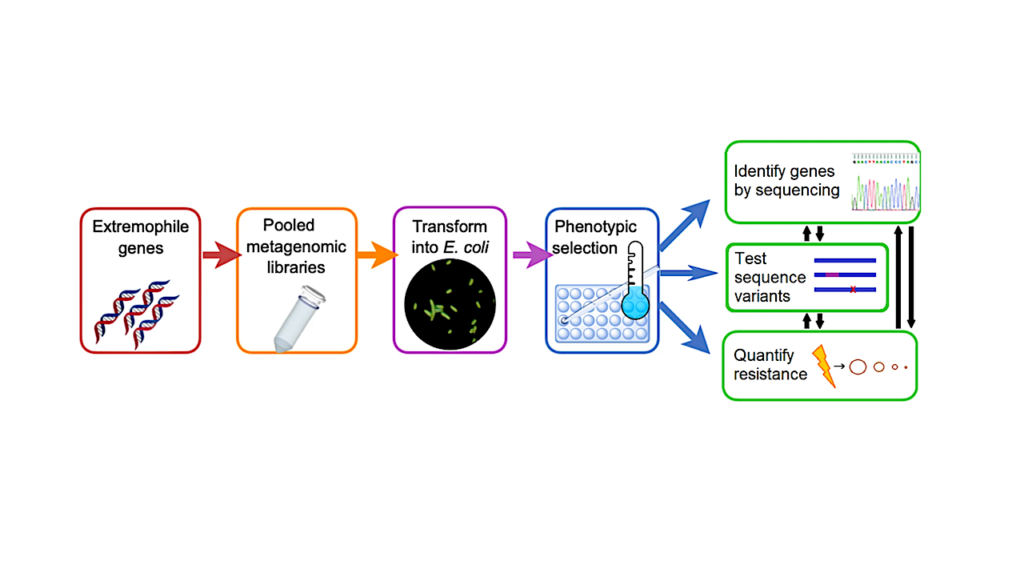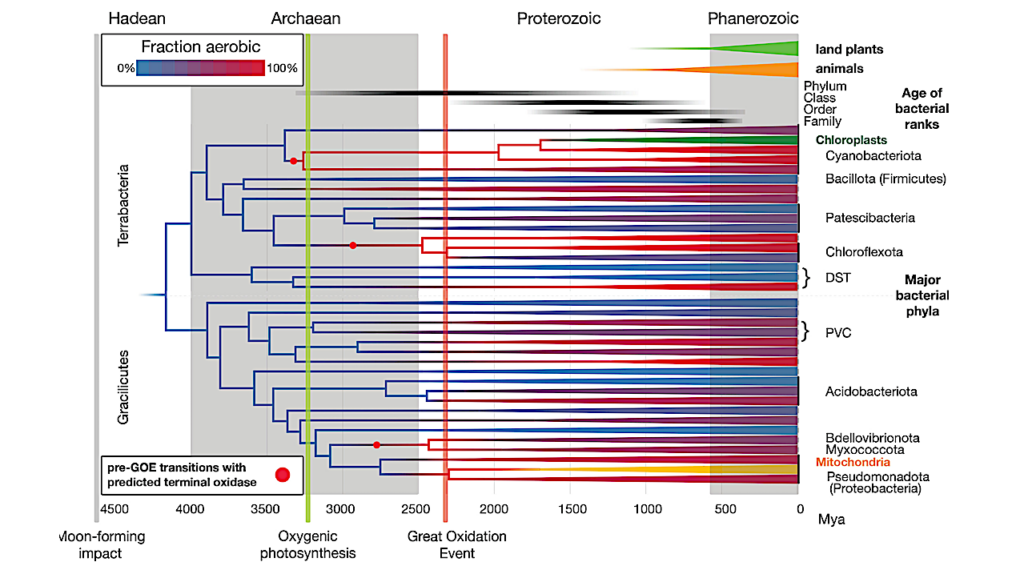Origin of Biological Homochirality by Crystallization of an RNA Precursor on a Magnetic Surface

Homochirality is a signature of life on Earth yet its origins remain an unsolved puzzle. Achieving homochirality is essential for a high-yielding prebiotic network capable of producing functional polymers like ribonucleic acid (RNA) and peptides.
However, a prebiotically plausible and robust mechanism to reach homochirality has not been shown to this date. The chiral-induced spin selectivity (CISS) effect has established a strong coupling between electron spin and molecular chirality and this coupling paves the way for breaking the chiral molecular symmetry by spin-selective processes. Magnetic surfaces can act as chiral agents due to the CISS effect and they can be templates for the enantioselective crystallization of chiral molecules.
Here we studied the spin-selective crystallization of racemic ribo aminooxazoline (RAO), an RNA precursor, on magnetite (Fe3O4) surfaces, achieving an unprecedented enantiomeric excess of about 60%. Following the initial enrichment, we then obtained homochiral crystals of RAO after a subsequent crystallization. Our work combines two necessary features for reaching homochirality: chiral symmetry-breaking induced by the magnetic surface and self-amplification by conglomerate crystallization of RAO. Our results demonstrate a prebiotically plausible way of achieving systems level homochirality from completely racemic starting materials.
S. Furkan Ozturk, Ziwei Liu, John D. Sutherland, Dimitar D. Sasselov
Comments: 12 pages, 5 figures
Subjects: Biological Physics (physics.bio-ph); Chemical Physics (physics.chem-ph); Biomolecules (q-bio.BM)
Cite as: arXiv:2303.01394 [physics.bio-ph] (or arXiv:2303.01394v1 [physics.bio-ph] for this version)
https://doi.org/10.48550/arXiv.2303.01394
Focus to learn more
Submission history
From: Sukru Furkan Ozturk
[v1] Thu, 9 Feb 2023 20:44:38 UTC (8,624 KB)
https://arxiv.org/abs/2303.01394
Astrobiology








